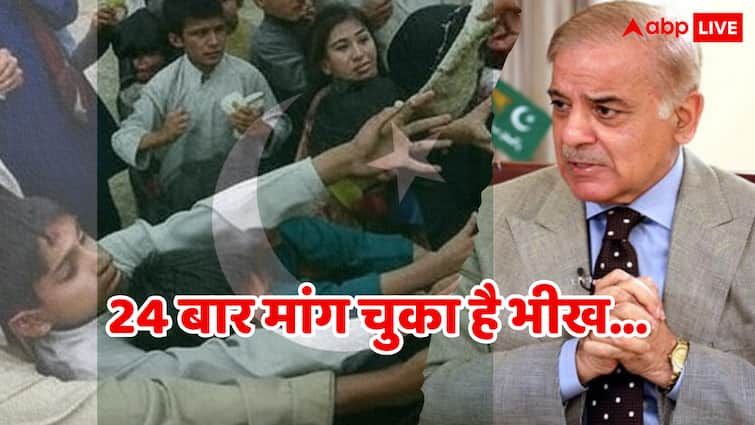Pakistan (Pakistan) has once again been expecting relief from the International Monetary Fund (IMF). IMF has approved a new bailout package of more than $ 1 billion to Pakistan. This is not the first time, Pakistan has knocked the door of IMF a total of 24 times since 1958. But the question arises that why did Pakistan’s economic condition not improve even after repeated loans?
Old pattern of Pakistan’s economy
Since the formation of the country in 1947, Pakistan has been facing continuous economic crises. War from India in 1947, 1965 and 1971, separation of Bangladesh and internal political instability have been major reasons for its economic weakness. Pakistan got the first IMF Bailout in 1958. From then to 2024, every third year he has taken a new bailout on an average.
Question on bailout amidst Indo-Pak tension
After the terrorist attack in Pahalgam on 22 April, the tension between India and Pakistan increased once again. In such an environment, Pakistan gets bailout from IMF many questions. Although the IMF says that this decision was taken before the existing tension, but the debate on the timeliness of such help has erupted.
Statistics show, Pakistan’s situation is serious
According to 2024 IMF and World Bank data-
Pakistan’s current account balance – 0.5 percent GDP
FDI (FDI)- 0.6 percent GDP
Total foreign reserves (including gold)- $ 12.98 billion
Compare other countries
India has reserve- $ 569.54 billion
Reserve near Bangladesh- $ 46.17 billion
Afghanistan has reserve- $ 9.75 billion
Reserve near Sri Lanka- $ 6.05 billion
Pakistan’s increasing foreign debt
IMF deputy managing director Nizal Clarke said after the bailout, “Pakistan’s debt can be considered sustainable as long as the government is committed to reforms. But if the policies lapse or stop the external funding, the currency crisis and the private sector are set to decline.” The IMF has given special emphasis on reforms this time, especially tax reforms, control over corruption and management of government expenses.
Terrorism and heavy expenditure on army
Experts say that Pakistan is not just the failure of economic policies due to repeated bailouts, but the public’s priorities are also not good for the public. Instead of economic reforms and basic services, more is being spent on structures promoting army and terrorism.
Between 2025 and 2027, Pakistan is under pressure to repay a loan of $ 130 billion. In the coming two years, Pakistan has to return about 130 billion to the IMF, other global agencies and banks, out of which in 2025, in 2025, $ 30 billion dollars and $ 100 billion in 2027 are outstanding. This figure is much larger than the help given by IMF.
Also read: Gold Price: Gold price increased rapidly between India-Pakistan collision, now so many thousand will be available

